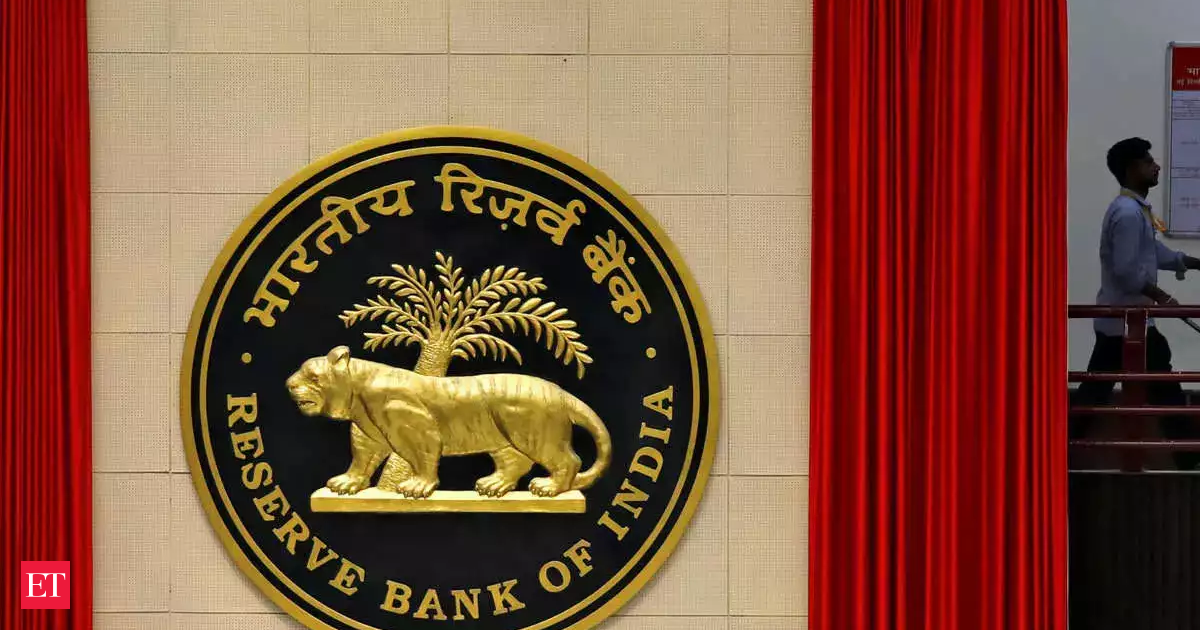“In case of loans below ₹2.5 lakh, we will raise LTV to 85% per borrower, and in this, interest will be included,” said RBI Governor Sanjay Malhotra during the Monetary Policy Committee (MPC) media briefing.
Under the revised regulations issued late evening, the RBI introduced differentiated loan-to-value (LTV) limits for consumption loans against gold collateral. Borrowers can now access loans up to ₹2.5 lakh at an LTV of 85%, loans between ₹2.5 lakh and ₹5 lakh at 80%, and loans above ₹5 lakh at 75%. For loans exceeding ₹2.5 lakh, lenders will have to carry out detailed credit assessments, including evaluating the borrower’s repayment capacity.
Shares of Muthoot Finance surged 7.35% and Manappuram Finance climbed 5.78%, leading the financial pack that climbed about 1.5% and helped the Nifty 50 end above the psychologically crucial 25,000 mark. The gold loan portfolio as of April 18, 2025, is ₹2.23 lakh crore, having more than doubled year-on-year in line with the surge in the global prices of the yellow metal.
Malhotra clarified that the central bank has not introduced new regulations but has consolidated and reiterated existing ones.
“Some regulated entities were not following them as there was no clarity,” he said.Banks and NBFCs are allowed to lend against the collateral security of gold jewellery, ornaments and coins to meet the short-term financing needs of borrowers. In terms of limits on the quantum of gold and silver that can be pledged, RBI has said that a borrower can pledge up to 1 kilogram of gold ornaments and 10 kilograms of silver ornaments across all loans. In the case of coins, the cap is 50 grams for gold and 500 grams for silver.”For small loans, up to ₹2.5 lakh where gold is the collateral, there will be no need for credit appraisal,” Malhotra said. He added that end-use monitoring will now be applicable only for exposures under priority sector lending.
In its annual report last month, the RBI said it conducted a joint review of select regulated entities amid the sharp rise in gold loans, which showed irregularities such as misuse of third parties, gold valuation without customer presence, weak LTV monitoring, and opaque auction practices. Following this, the RBI directed lenders to review their gold loan policies and take corrective action in a time-bound manner.





